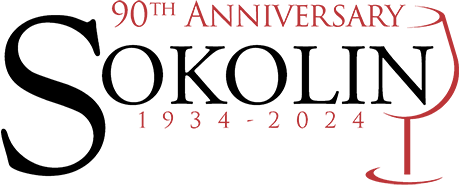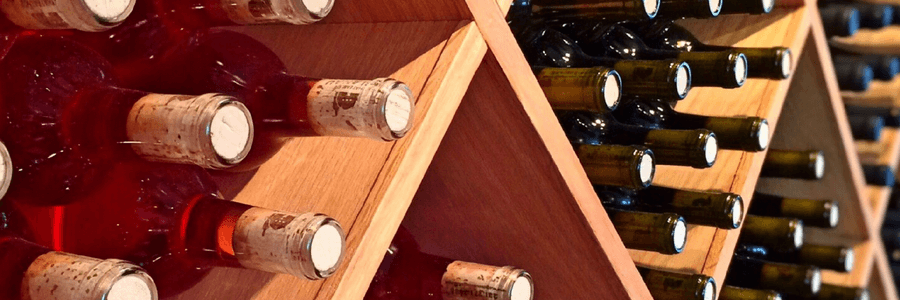Popular Wines
As magical and enigmatic as the world of wine can be, it’s not always easy to find your way around. Every day, inexperienced wine enthusiasts try to explore new blends and end up with a shopping list that their budget simply cannot support. Every high-quality wine is a unique, important experience, one that opens a person’s taste palate to a whole new world of flavor and pleasure. Something primal awakens within, urging you to find new and more compelling aromas and textures. But with so much to choose from, where do you begin?
When it comes to wine, popular blends are relatively common for a reason. They serve as an excellent entry point into the world of fine wine, and studying them lets you understand more obscure, complicated wines out there. A collection has to start somewhere, and these blends are often easier to get and help you develop your taste. Imagine bonding with your friends and family over a brand you’re all familiar with and able to appreciate to its fullest. Good wine offers something new, yet vaguely familiar with each glass, as your mouth picks up on subtleties in the liquid that tempt you further and inspire thought and introspection, uncorking new conversation topics and improving the mood no matter the situation.
If you’re looking for safe picks, you want to set your sights on quality brands from Italy, France, and Spain. A glass of sultry Sangiovese or Trebbiano Toscano can liven up a family meal and impress even the stuffiest guests while being a perfect partner to any traditional Italian dish you can think of. One taste of a Cabernet Sauvignon or Chardonnay is enough to let France stand out as a breeding ground of divine, elegant elixirs that can fit the taste of any enthusiast. Meanwhile, Spain offers powerful blends such as Garnacha, Bobal, or Tempranillo, helping you create memorable moments out of even the most ordinary evening. And this is only scratching the surface.
Our goal is to introduce you to popular, tested brands the same way we would introduce you to a potential soulmate. With the right mood and some good timing, you can develop a healthy, pleasurable relationship with wine that lasts a lifetime.
When it comes to wine, popular blends are relatively common for a reason. They serve as an excellent entry point into the world of fine wine, and studying them lets you understand more obscure, complicated wines out there. A collection has to start somewhere, and these blends are often easier to get and help you develop your taste. Imagine bonding with your friends and family over a brand you’re all familiar with and able to appreciate to its fullest. Good wine offers something new, yet vaguely familiar with each glass, as your mouth picks up on subtleties in the liquid that tempt you further and inspire thought and introspection, uncorking new conversation topics and improving the mood no matter the situation.
If you’re looking for safe picks, you want to set your sights on quality brands from Italy, France, and Spain. A glass of sultry Sangiovese or Trebbiano Toscano can liven up a family meal and impress even the stuffiest guests while being a perfect partner to any traditional Italian dish you can think of. One taste of a Cabernet Sauvignon or Chardonnay is enough to let France stand out as a breeding ground of divine, elegant elixirs that can fit the taste of any enthusiast. Meanwhile, Spain offers powerful blends such as Garnacha, Bobal, or Tempranillo, helping you create memorable moments out of even the most ordinary evening. And this is only scratching the surface.
Our goal is to introduce you to popular, tested brands the same way we would introduce you to a potential soulmate. With the right mood and some good timing, you can develop a healthy, pleasurable relationship with wine that lasts a lifetime.

